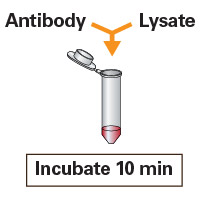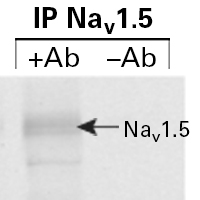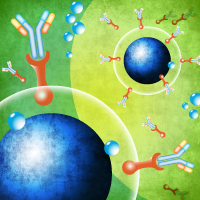While traditional resin-based methods of immunoprecipitation (IP) and co-immunoprecipitation (Co-IP) are well-characterized and routinely used, they are often time-consuming and laborious. Transmembrane proteins, even when highly expressed, can pose a problem. Researchers at the University of Bern have found our Capturem IP & Co-IP Kit, featuring a high-capacity Protein A membrane, to be an excellent alternative. This method is capable of efficiently recovering difficult cardiac voltage-gated channel proteins.
Using the Capturem IP & Co-IP Kit resulted in efficient immunoprecipitations of both channels, and efficient co-immunoprecipitation of the Cav1.2-α2δ1 subunit with Cav1.2-α1c. This highlights the quality of this technology for performing in-vivo immunoprecipitations using lysates from challenging samples such as mouse ventricular heart tissue.
—Sabrina Guichard, Hugues Abriel, and Jean-Sébastien Rougier of the Institute of Biochemistry and Molecular Medicine at the University of Bern







